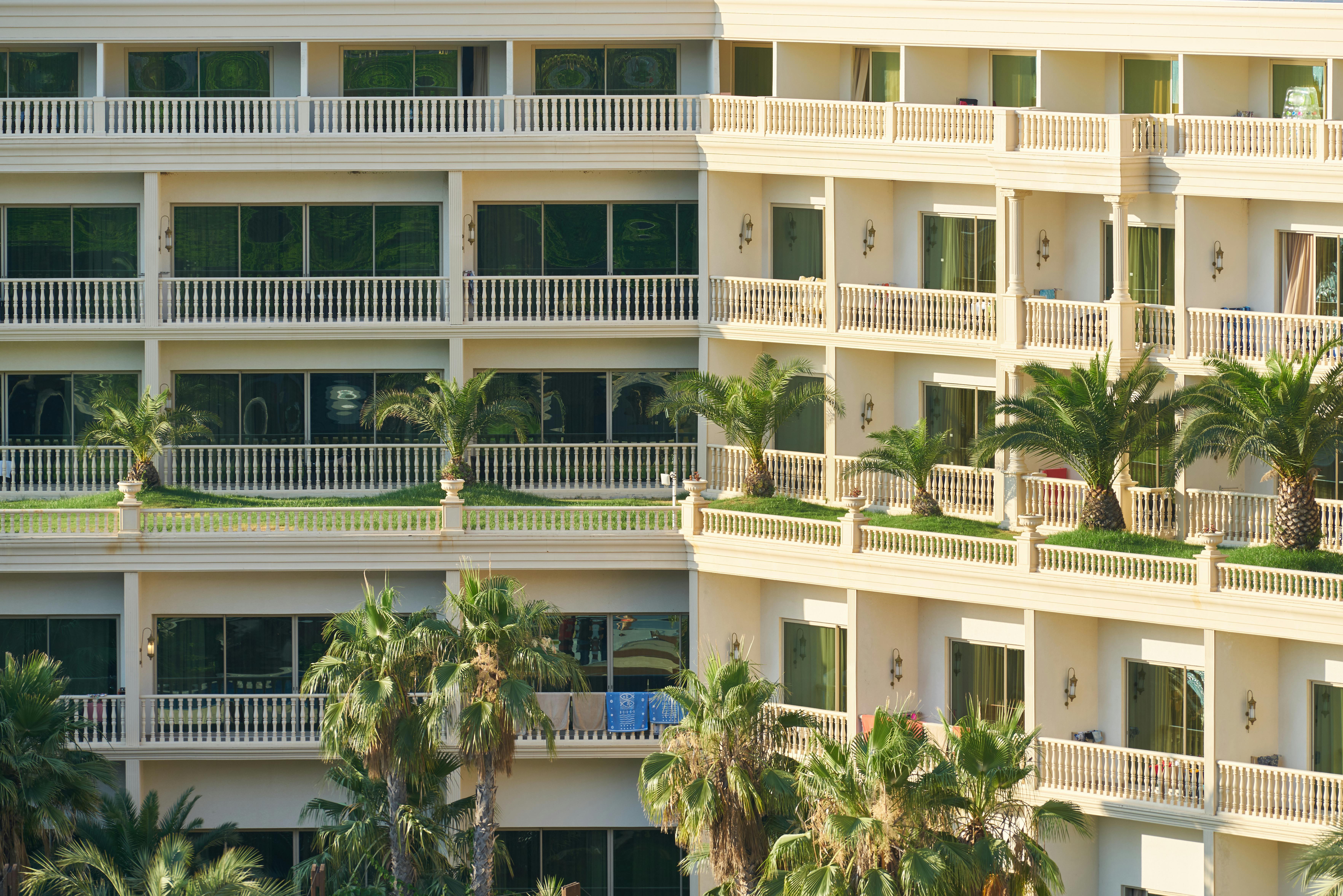The history of energy efficient windows
Energy efficient windows are something we take for granted. Whether we’re building a new home or renovating an old one, most of us recognize the environmental and monetary benefits of energy efficient windows.
The interesting thing is that the history of energy efficient windows is so short. In just over 30 years, the United States has experienced a revolution in thinking and technology.
What is the sound of a light bulb turning on?
In the mid-1970s, the US was faced with the realization that energy was neither unlimited nor free. Gasoline lines and sweaters indoors became the norm as global politics drove the price of oil to record highs.
While looking for ways to reduce energy use, it became clear that windows were a key source of heat loss. The US Department of Energy estimated that 25% of home heating costs went to offset the effects of heat loss through windows.
At that time, most windows in houses were single-pane windows with wood frames. Homeowners in colder parts of the country have sometimes reduced heat loss by installing shutters over traditional windows. Replacement windows were usually made with aluminum frames.
Multi pane windows
In the late 1970s, multi-pane windows were a first step forward for energy efficient windows. Taking a cue from shutters, multi-pane windows use the space between two or more layers of glass as an insulating layer. As multi-pane windows evolved, the space between the layers was filled with argon or other inert gases to improve their insulating properties.
New materials for framing
As research on energy efficient windows intensified, manufacturers soon realized that aluminum frames were poor insulators and caused significant heat loss. In the 1980s, manufacturers began producing vinyl and wood-vinyl composite frames. These frames reduced heat transfer and again increased the efficiency of the windows.
At the same time, manufacturers began to replace the metal spacers that kept multi-pane windows apart. Metal spacers were a source of heat loss and began to be replaced by foam or plastic spacers. These non-metallic spacers were better insulators and reduced heat loss and condensation.
window coverings
Towards the end of the 1980s, low-emissivity (low-e) glass began to be incorporated into energy efficient windows. Low-E glass uses a thin layer of metal oxide to create a barrier to infrared radiation. Low-E glass allows visible light to pass through the glass, but prevents heat from escaping.
The future of energy efficient windows
In the early 2000s, researchers began developing new coatings that would allow windows to change based on outside conditions. Absorbent Electrochromic (AE) windows will use a thin layer of material that changes color under a small electrical current. A light sensor in the window will monitor the electrical current. AE windows will be transparent in low light conditions, but will darken in sunlight.
